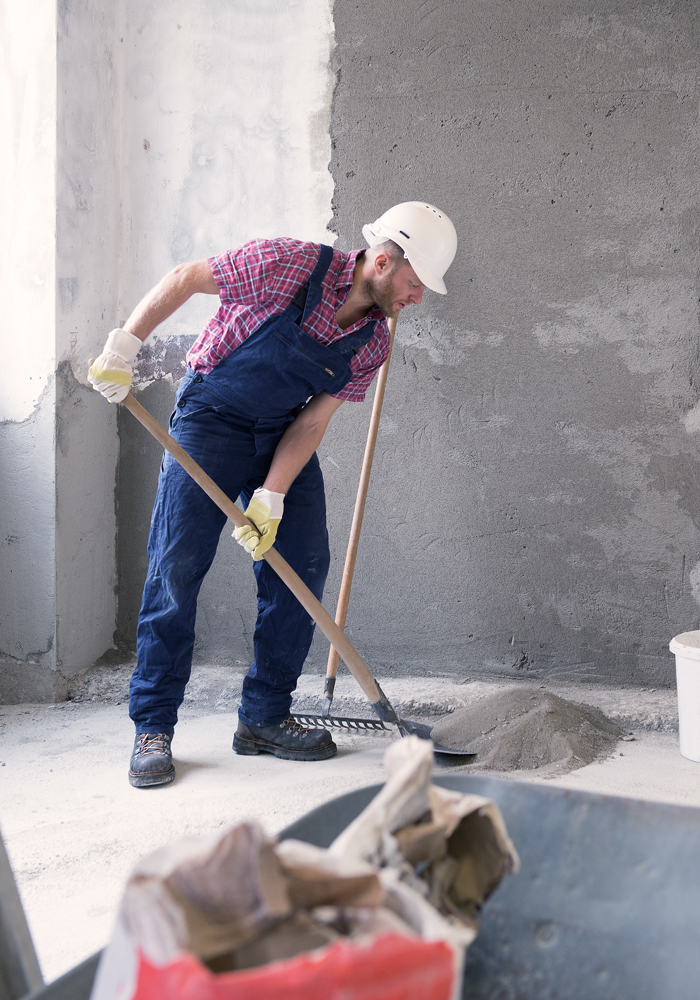In contrast to many other indoor sources, emissions from building products have a long-term and significant impact on indoor air quality. This is due to the long service life of building products and the fact that they are often used over large areas, such as wall coverings, floor structures/coverings and curtains.
Building material emissions
Typical emissions from building products are often solvents, residual monomers, and processing aids, known as additives. These can be plasticizers and flame retardants, for example, which are added to the product to achieve certain material properties. For example, plasticizers are used in products based on polyvinyl chloride (PVC) to provide flexibility. Since plasticizers are generally not chemically bound to the material, they can be released into the indoor environment over the long term.
In addition, there are also so-called secondary emissions that are formed through chemical reactions when different materials come together (for example, multi-layered floor structure) or when new chemical substances are formed as a result of decomposition reactions (for example, decomposition of aldehydes from alkyd resins). Therefore, when installing building products, it is very important to observe the necessary drying times (e.g. screed), as the residual moisture contained in the base material can trigger or accelerate such reactions. Some of the released substances can also cause unpleasant odors.
Even materials made from renewable raw materials (e.g. wood) and other products labeled as "natural" (e.g. natural paints and varnishes) can release volatile substances into the indoor air.
The duration of emissions occurring indoors can vary greatly depending on the product. The residual emissions of a wall paint are usually very low within a few days. Emissions from deeper layers (e.g. a floor structure) or products filled in gaps (e.g. foams) can still be detected in the indoor air for weeks and months in some cases. Secondary emissions caused by chemical reactions between two materials or by decomposition reactions, on the other hand, sometimes only occur after a longer period of time.
The determination of construction product emissions (chemical and sensory testing) is carried out in emission test chambers. Various national assessment methods and a number of voluntary product labels currently (still) exist in Europe for the assessment of the chemical emissions of construction products.

